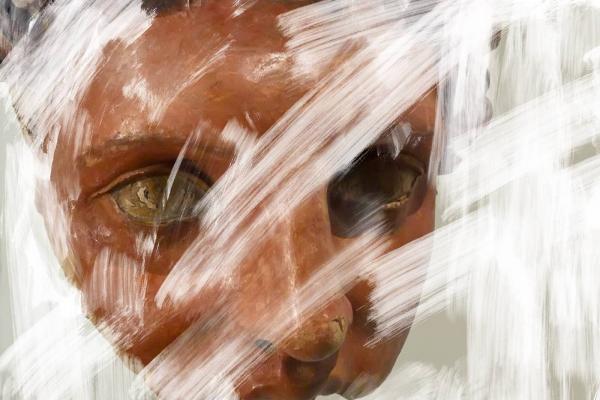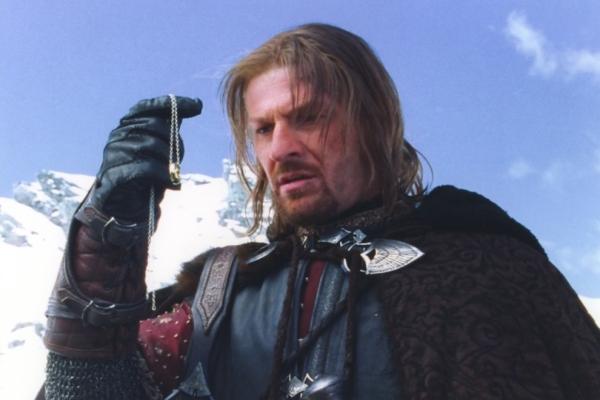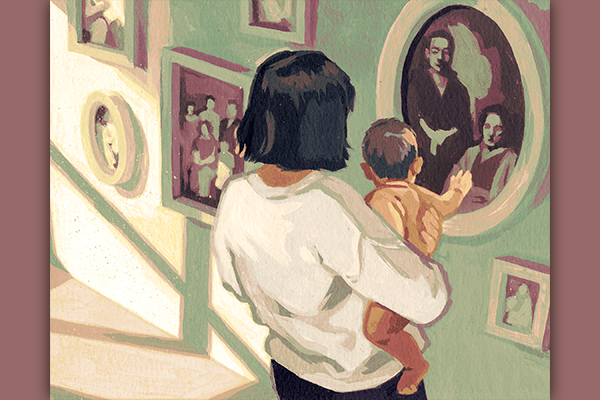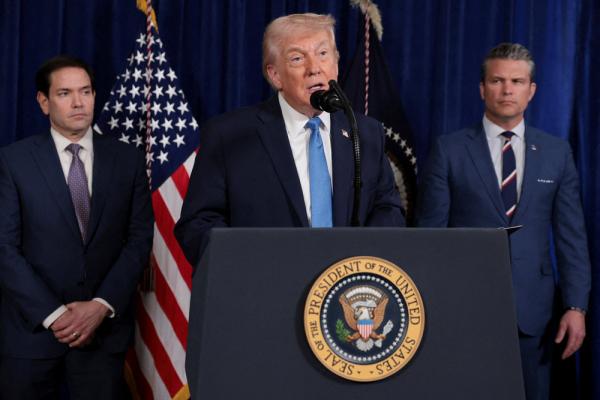Last week, author and journalist Tara Isabella Burton wrote an op-ed in the New York Times about “Weird Christians” that’s based on the “Weird Catholic Twitter” phenomenon. Burton takes up the label of “Weird Christians” to describe a group that shares a common desire to “return to old-school forms of worship as a way of escaping from the crisis of modernity and the liberal-capitalist faith in individualism.” She considers herself a member of this group that’s said to have a “punk-traditionalist aesthetic,” and she holds up Rod Dreher, a controversial conservative blogger, as one of its exemplars.
As I initially tweeted in response, I thought Burton’s article articulated a nostalgic aesthetic steeped in whiteness — a “Make Christendom Great Again” type of thing. Since then, it’s become clearer how Burton’s categorization had serious flaws. She lumped overtly racist and misogynist Trads with other young Catholics who are interested in older church traditions and forms of worship but not necessarily down for white supremacy. Burton acknowledges that “the ranks of self-described Weird Christians are small.” But the article dances between profiling a small, conservative, predominately white enclave and making universalizing statements about Christianity and America. She proclaims, “the rise of Weird Christianity reflects America’s unfulfilled desire for, well, something real,” in an article without any mention of Hispanic Catholics who represent the younger and demographically stable wing of the Roman Catholic Church in the United States.
Burton’s treatment of Rod Dreher — who has glowingly blurbed her upcoming book Strange Rites: New Religions for a Godless World — captures the inner logic of her aesthetic argument, a form of white identity politics that wants to have it both ways. She paints an innocuous portrait of Dreher as someone inspired by Gothic architecture and who argues that Christians should focus on living in intentional, godly communities. Burton includes him in the group of “Weird Christians” that she hastily claims rejects “the fusion of ethnonationalism, unfettered capitalism and Republican Party politics.” Yet, there’s no mention of Dreher’s long and substantial track record when it comes to his views of queer and trans people, and his views on race. Among many other things, he has continually characterized African and Latin American migrants as barbarians and invaders, argued that the Roman Empire fell because of race mixture, and has expressed admiration for The Camp of the Saints, a novel adored by white supremacists that’s about migrants of color destroying Western civilization. I, myself, have pointed out that Dreher’s arguments about restricting Jesus’ command to love one’s neighbor based on culture and nationality resemble theological arguments that Reich Christians made in Germany during the 1930s.
In a thoughtful critique of Burton’s article and her characterization of Dreher, columnist and editor Jamie Manson highlighted that Dreher has recently celebrated the destruction of Pachamama statues. The statues, representing the goddess mother earth in Latin America, were a gift that Indigenous people presented to Pope Francis during the Amazon Synod at the Vatican last year. Dreher hailed the zealot, who stole carved statues of Pachamama and threw them into the Tiber river, a “hero.”
Dreher published a nasty response to Manson’s piece, which included homophobic and ad hominem attacks. In his piece, Dreher said this:
Look, Manson’s lines about my rejecting the contributions of people of color are typical progressive blatherskite, but she is right that I am Eurocentric to my bones — if by “Eurocentric” you mean “loving the history and cultures of European nations.” I don’t see any reason to apologize for that, any more than someone (black, white, or whatever) who had a special love for African culture should apologize for being Afrocentric, or someone who felt that way about Chinese culture should feel bad for being Sinocentric. The problem would be in assuming that people outside the culture one loves, or who do not value it in the same way, or at all, have lesser moral worth as human beings. Which I emphatically do not believe. But you know how it goes: for white people like Manson, if you don’t hate your ancestors and their culture, you are a raaaaaaaacist.
Dreher makes a common white supremacist argument here. He defends his special love for his white European ancestry by appearing to put it on an equal plane with other ethnocentrisms (never mind that there are writers like James Baldwin or Toni Morrison who take their ancestry and the problem of race seriously without advocating for everyone to cocoon themselves within ethnocentrisms). Still, Dreher celebrating the destruction of Pachamama statues betrays the fact that his argument is premised on dubious notions of purity. Christianity is collapsed to white European identity, which is understood as pure and in need of protection from contamination, and implied to be superior to other historic traditions that deserve no peaceful hearing or exchange but destruction for fear of possible contamination.
Dreher continues,
Most American Catholics aren’t Latin mass devotees, true, but is it really the case that most US Catholics would identify with masturbating nuns and lesbian Catholic activists who prefer idol-worshiping syncretism to actual historical Catholicism? Hate to tell Manson, but her form of Christianity, if that’s what it is, is much weirder than what TIB writes about.
What would Christianity be without the syncretic influence of Babylonians, Jews, Greeks, Romans, Persians, and Egyptians from the past? For all his claims about purity, I doubt you will hear Dreher protesting the influence of Platonism on early church fathers or slamming the thinly veiled “barbarian” solar holidays in Christian liturgical calendars. Why is that? Maybe because these are believed to be foundational to Christianity-as-white-Western-civilization or because he sees some of these ancient figures as his racial ancestors (even though modern notions of race didn’t exist in antiquity). Such efforts to defend cultural purity, which are always also about violently pushing a narrow-minded group’s alleged supremacy over other groups, rely on erroneous notions of Western civilization, which itself is a fairly recent construct.
Some may think I’m simply making Burton guilty by her association with Dreher apart from substance, but they both share similar aesthetic views about Christianity and the past. So, she was right to align herself with him in the article, to include him in her grouping, and to get his blessing for her next book. While Burton’s article didn’t share Dreher’s inflammatory rhetorical style, it equally advocated for a nostalgic “return to the Christianity of the Middle Ages” — a Christianity that’s based more on the fantasies of a revisionist white identity politics than it is on sound history. I’m not surprised that this approach to the past is accompanied by a myopic approach to the present.
It seems Burton and Dreher want to have it both ways. Burton wants to wave away any accusations of racism against her “Weird Christians” group while aligning herself with the white-Western-civilization aesthetics of Dreher. Burton presents Dreher, and Dreher wants to be presented, as someone peacefully retreating from culture wars to live in intentional godly communities based on tradition, while he simultaneously frames people of color as foreign contaminates, and applauds the destruction of gifts from other historic traditions attempting peaceful dialogue. Burton and Dreher construct a safe Eurocentric space to retreat to — and from which to attack. They aren’t returning to the complicated church of the actual past but to a fantastical imagination that solidified itself after 1492.
Got something to say about what you're reading? We value your feedback!







